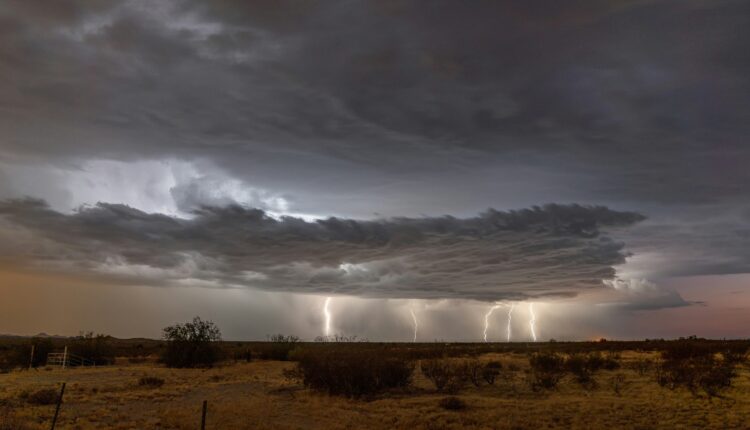
Photo courtesy of R Gray via Unsplash.
Here are some tips from the Arizona Department of Health Services for getting through monsoon season safely.
The monsoon season, which began last weekend in Arizona, typically comes with cooler temperatures, but it also presents a series of weather hazards. These include heavy rain, flash floods, high winds, and dust storms, all of which can significantly impact air quality and increase the risk of contracting water-borne illnesses.
The Arizona Department of Health Services shared some tips for getting through the season safely.
Air Quality Concerns
During monsoon season, high winds and dust storms can cause microscopic dust particles to fill the air, potentially causing eye and skin irritations. These could particularly affect children, seniors, and those with preexisting conditions like asthma and bronchitis.
The government advises limiting outdoor activities or staying indoors with closed windows and doors when the outside looks dusty. They also recommend regularly checking the National Weather Service and the Arizona Department of Environmental Quality for weather and air quality forecasts.
Traffic Safety Tips
Monsoon weather conditions, such as dust storms and flash floods, can create traffic hazards. Dust storms can make it hard to see while driving and can increase the risk of motor vehicle accidents. Flash floods cause serious injuries and some people can be trapped by storms or rushing floodwaters.
Tips for safety include keeping up with weather updates, avoiding driving during a dust storm, and checking AZ511 and the Arizona Department of Transportation Alerts for weather-related road information.
Mosquito-Borne Diseases
The risk of acquiring mosquito-borne diseases such as West Nile virus and St. Louis Encephalitis virus increases during the monsoon season in Arizona. Mosquito activity in the state rises following the rains of the monsoon season.
The government recommends emptying any stagnant water in yards after the rains so mosquitoes can’t breed, wearing insect repellent when outdoors and at all times of day, and wearing long sleeves and long pants when outdoors (when possible).
Food Safety Measures
Monsoon storms or floods can cause power outages, impacting food and water safety. If it is not opened, your refrigerator will keep food cool for about four hours without power. Food should be thrown out if the temperature is 40 degrees Fahrenheit or higher for four or more hours. People should also be aware of water quality notices from their water utility and use only bottled water or boiled or otherwise disinfected well water for drinking or cooking.
For more safety tips on how to protect you and your family during monsoon season, visit azhealth.gov/monsoon.
Read More Here
Read More Arizona News
This article first appeared on Good Info News Wire and is republished here under a Creative Commons license.
This story was generated in part by AI and edited by The Copper Courier staff.
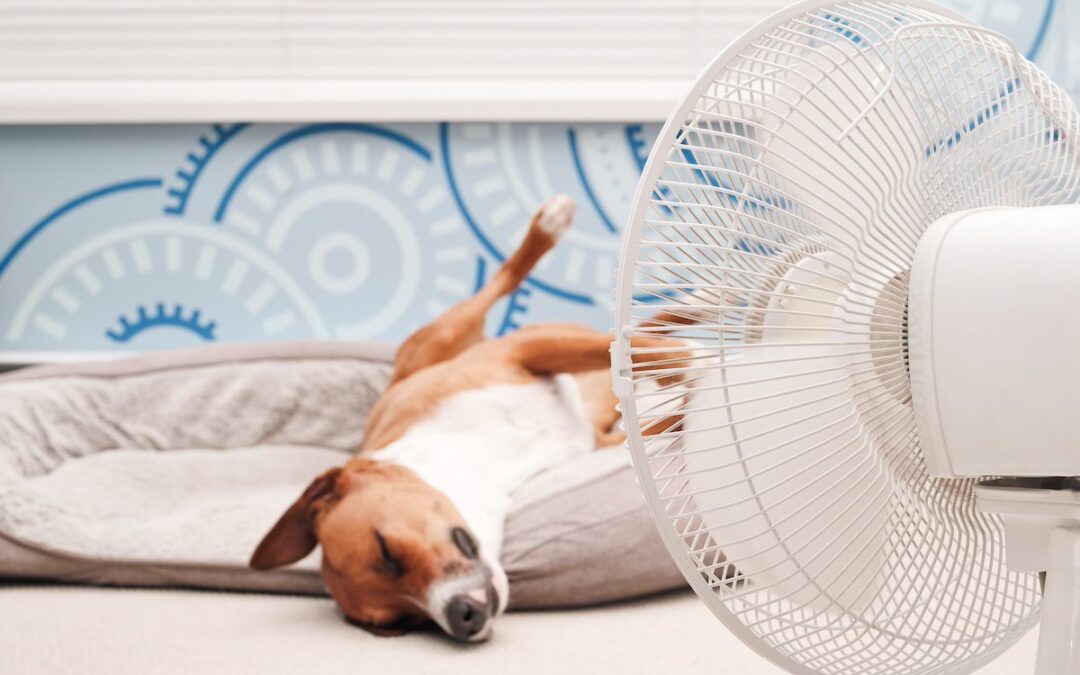
See the most extreme temperatures in Arizona history
On July 9, 2021, California's Death Valley reached 130 degrees Fahrenheit, according to an automated measuring system there, representing one of the...
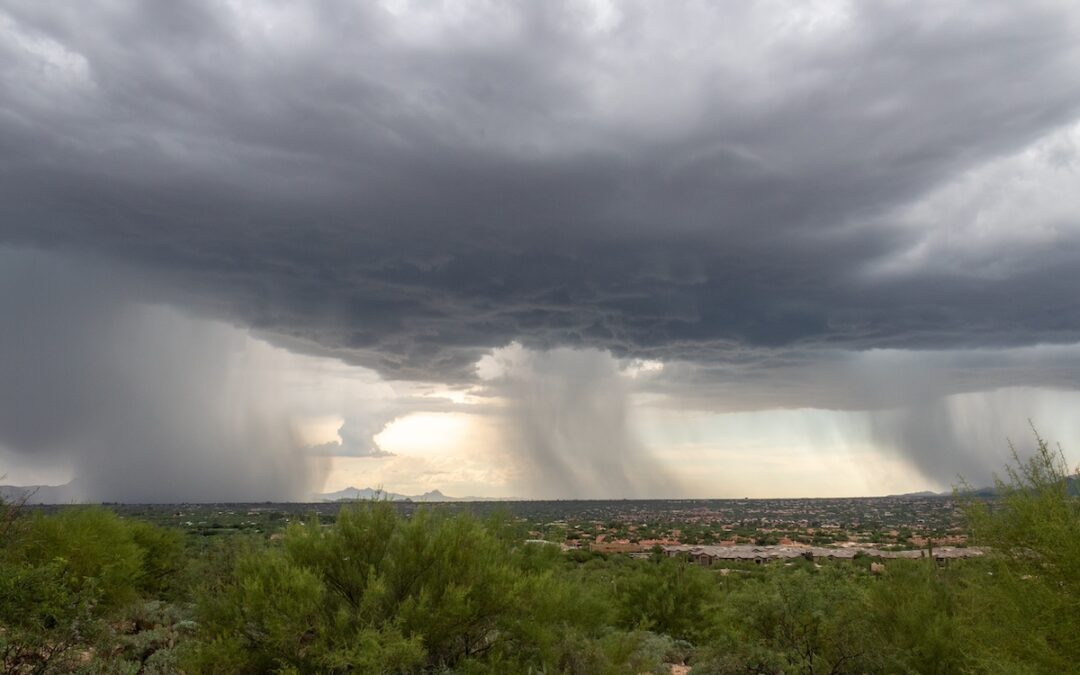
NOAA cuts could hamper forecasts for haboobs, monsoons, and wildfires in Arizona, raising extreme weather risks
WASHINGTON – Deep cuts at the nation’s weather agency could put Arizonans at risk by hampering forecasts for haboobs, monsoons, flash flooding and...
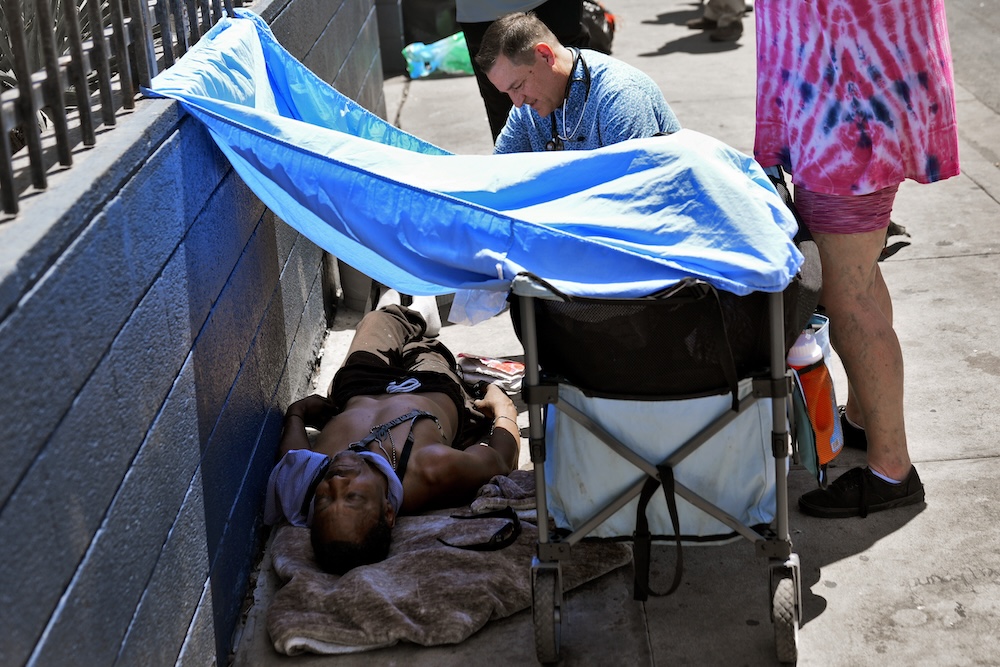
Street medicine teams search for homeless people to deliver lifesaving IV hydration in extreme heat
Alfred Handley leaned back in his wheelchair alongside a major Phoenix freeway as a street medicine team helped him get rehydrated with an...
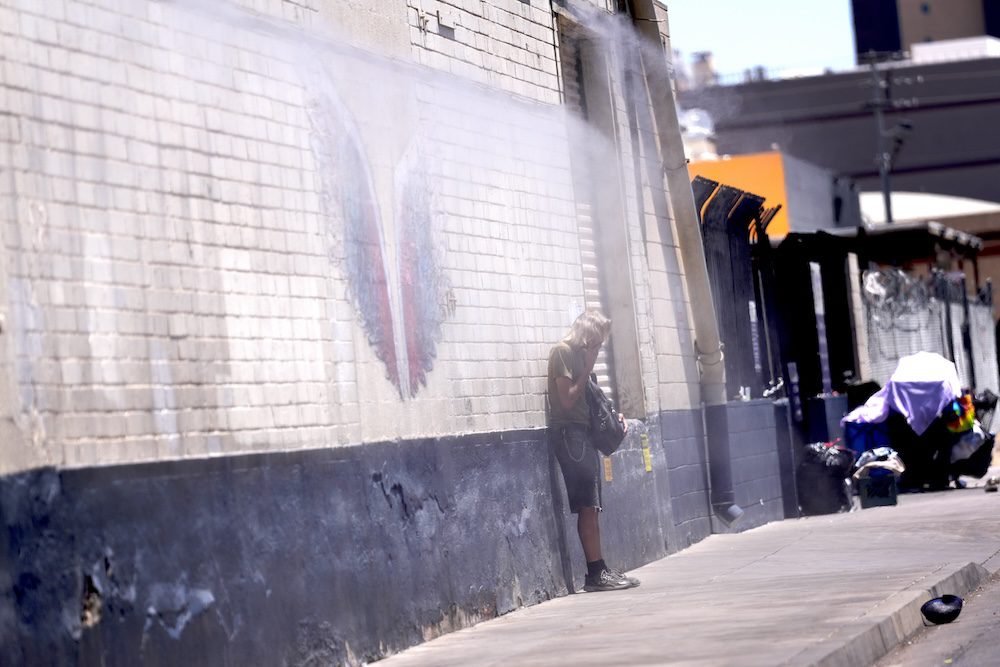
At least 6 heat-related deaths reported in metro Phoenix so far this year as high hits 115 degrees
At least six people have died from heat-related causes this year so far in sizzling metro Phoenix, where the temperatures this week hit 115 degrees...


